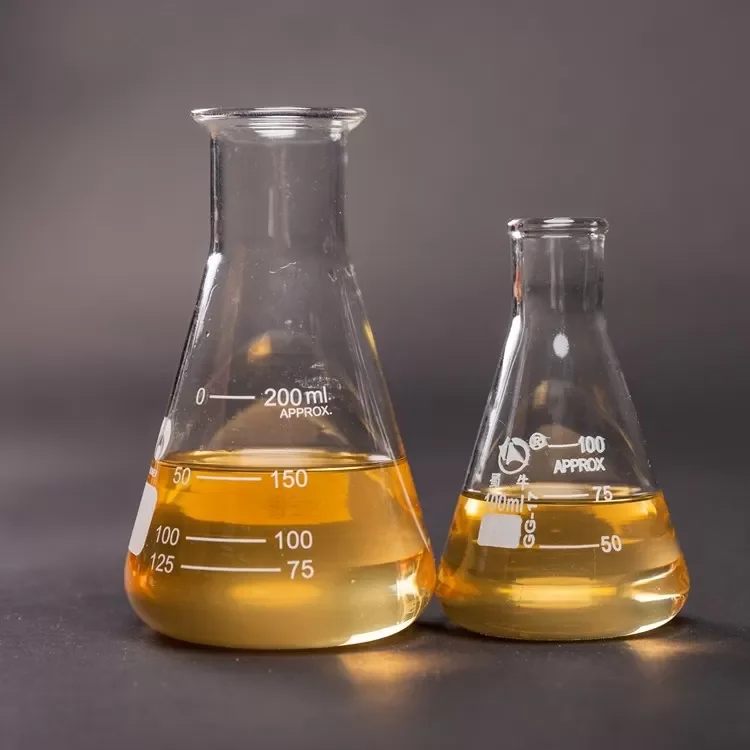Polyvinyl Chloride (PVC) is a versatile polymer used in a wide range of applications, from construction materials to medical devices. One of the main challenges in manufacturing PVC products is to stabilize them against degradation during processing and throughout their service life. Traditional stabilizers like lead-based compounds have been phased out due to health and environmental concerns. This has led to the development and application of alternative non-toxic stabilizers such as Calcium/Zinc (Ca/Zn) compounds. This article delves into the importance of non-toxic Ca/Zn stabilizers, their mechanism of action, and their impact on the quality of transparent PVC products.

Historical Perspective
For many years, lead stabilizers were the go-to choice for stabilizing PVC. However, as concerns over toxicity grew, the use of these materials became heavily regulated and eventually replaced by safer alternatives. The transition to non-toxic stabilizers became inevitable, with Non-Toxic Ca/Zn Stabilizers emerging as one of the most effective and environmentally friendly options.
Chemistry of Ca/Zn Stabilizers
Calcium and zinc stabilizers are generally provided as complex formulations rather than as pure metals. These may include calcium stearate and zinc stearate or more advanced complexes designed for improved efficiency. These stabilizers work by neutralizing hydrochloric acid (HCl) generated during the degradation of PVC, thus preventing further breakdown of the polymer chain. Additionally, they improve the thermal stability and color stability of PVC.
The Importance of Transparency
In specific applications like food packaging, medical devices, and clear tubing, transparency is a crucial property. A transparent product not only appeals aesthetically but also allows for easy inspection of the contents. Here, the role of Non-Toxic Ca/Zn Stabilizers becomes even more critical, as they help maintain clarity while imparting the required stabilization.
Mechanism of Action
- Neutralization of HCl: During PVC processing or under thermal stress, HCl is produced, initiating a cycle of degradation. Ca/Zn stabilizers act by neutralizing this acid, breaking the cycle.
- Chelation: Some formulations include chelating agents that bind metal ions that catalyze degradation.
- UV Stability: Certain Non-Toxic Ca/Zn Stabilizers offer UV resistance, crucial for outdoor applications.
- Color Stability: They also help maintain the original color of the PVC, which is especially vital for transparent products.
Advantages of Using Ca/Zn Stabilizers in Transparent PVC Products
- Non-toxicity: Unlike lead-based stabilizers, Non-Toxic Ca/Zn Stabilizers are non-toxic and safe for use in food contact and medical applications.
- Improved Transparency: They offer excellent clarity, ensuring that the transparent PVC products retain their visual appeal.
- Thermal Stability: Non-Toxic Ca/Zn Stabilizers are effective at higher processing temperatures, which can be beneficial for certain manufacturing processes.
- Cost-Effectiveness: These stabilizers are generally more affordable than other non-toxic alternatives like organic-based stabilizers.
- Environmental Impact: Being non-toxic, they are environmentally benign and align with green chemistry principles.
Limitations and Challenges
- Optimization: The correct ratio of Ca to Zn must be used for specific applications, which sometimes calls for extensive R&D.
- Compatibility: While generally compatible with PVC, in some formulations, they may not provide the desired performance and may require additional co-stabilizers.
Case Studies
Several studies have demonstrated the efficacy of Non-Toxic Ca/Zn Stabilizers in transparent PVC applications. These range from use in high-clarity food packaging films to transparent medical tubing. In all these instances, the Ca/Zn stabilized PVC showed excellent thermal and UV stability without compromising on transparency.
Conclusion (Non-Toxic Ca/Zn Stabilizers)
Non-toxic Ca/Zn stabilizers have proven to be a robust alternative to traditional lead-based stabilizers, offering a host of advantages without compromising on key attributes like transparency. They are increasingly becoming the stabilizer of choice for transparent PVC products due to their non-toxicity, efficacy, and environmental benefits. As regulatory frameworks continue to evolve, it is likely that the adoption of Ca/Zn stabilizers will only accelerate, ushering in a new era of safer, more sustainable PVC products.

